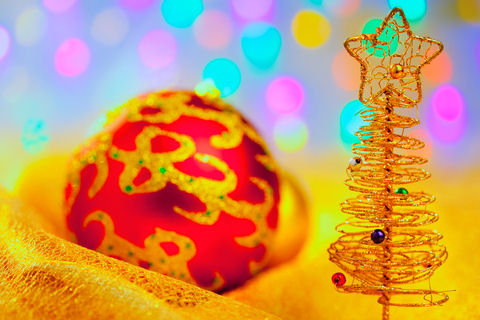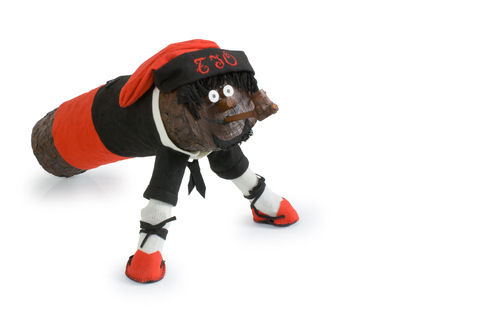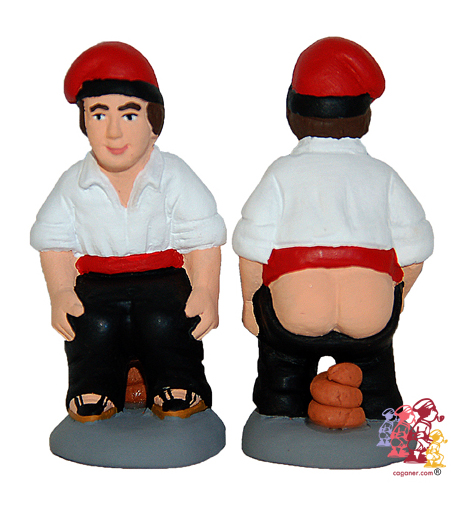Well, December has arrived again and so we’re counting down the days until Christmas and and New Year. If you’re anything like me you haven’t even started your Xmas shopping yet and really have no idea what to buy anyone either!

While Christmas doesn’t start as early in Catalonia as it does in the UK, it does seem to be creeping earlier and earlier and soon you’ll start to see towns light up their Christmas lights.
So, with the festive season almost upon us I’m going to take a brief look at what to expect in Catalonia.
Holidays and notable days
December has a number of holidays leading up to Christmas, finishing in January with the Three Kings. Below are a list of important dates that include both Spanish and Catalan holidays, as well as other notable days:
6th December: Constitution Day (Spanish holiday).
8th December: Holiday, Immaculate Conception (Spanish holiday).
25th December: Christmas Day (Spanish holiday). Traditionally carn d’olla was eaten, but these days turkey is more common.
26th December: St Stephen’s Day/Boxing Day (Catalan holiday).
28th December: Els Sants Inocents (Day of the innocents, similar to April Fools Day)
31st December: New Year’s Eve. Celebrations include eating 12 grapes in the countdown to midnight, and extending into the early hours.
1st January: New Year’s Day (Spanish holiday). A day to recover!
January 5th: Three Kings. Children traditionally receive their presents on this day and many towns and villages have parades with the kings showering the kids with sweets.
January 6th: Epiphany (Spanish holiday). This is the one day the kids have to play with their new toys before going back to school!
Traditions
There are a couple of Catalan traditions that are a little oddball worth mentioning. While it is common for cribs to depict the Nativity scene throughout the Christian world, in Catalonia many villages put on “living cribs”, called pessebres vivents.
These involve the villagers dressing up as characters from the nativity and standing stock still for an hour or so. Take a look here at photos of the pessebre vivent in Bàscara every year since 1973. In the Costa Brava area you can see this tradition include Tossa de Mar, Castell d’Aro, Pals and Bàscara. Check dates and times on here.
Other other slightly crazy tradition is the caganer, or “the crapper”, a figurine placed in the crib that traditionally depicted a Catalan peasant, trousers down and defecating. These days you can get caganers in the form of many, many figures, including the Pope and the entire Barça squad.The image above is of a traditional Catalan peasant and can be bought online from El racó del caganer, a company based in Torroella de Mongrí.
I know that at least some of the pessebres vivents include a live caganer, so if you do go along to watch make sure you keep your eyes peeled for what is truly a weird Christmas tradition.
However, that is not the only scatological Christmas tradition in Catalonia. The other is the Tió de Nadal, the Catalan Christmas log.

These days the log often has legs and smiling face wearing a barretina (the Catalan hat), and on either Christmas Eve or Christmas Day, depending on the household, the children beat the tió with sticks to make it defecate presents, which tend to be nougat, sweets and suchlike, which are shared.


